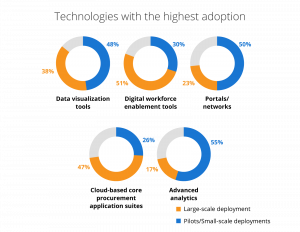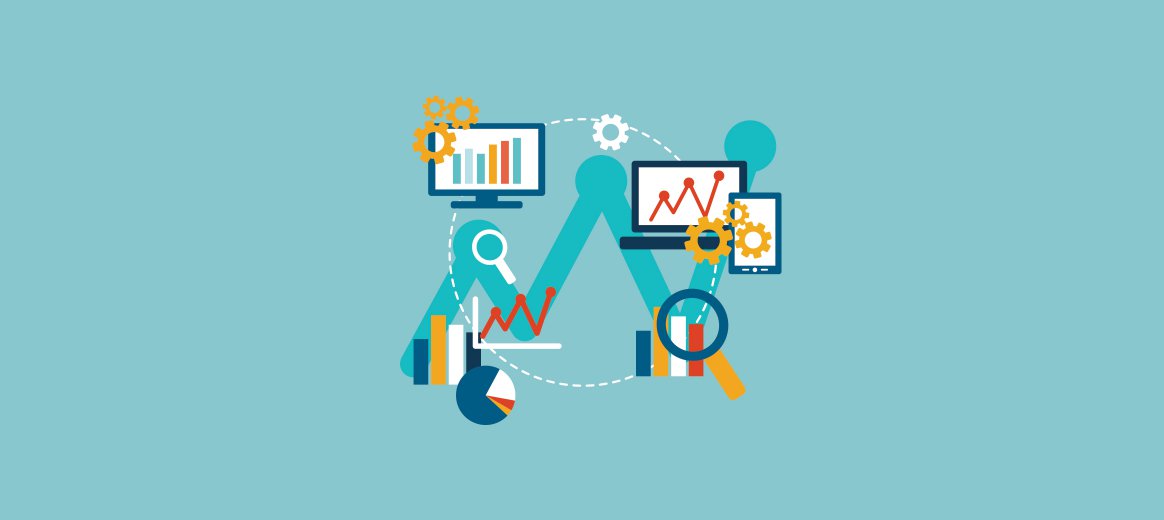The age of big data analytics is equipping organizations with much more detailed information, often in real-time. Teams are now positioned to make smarter and more accurate decisions on spending and vendors, in addition to developing stronger procurement strategies by introducing big data analysis in procurement.
In today’s rapidly changing environment, advanced analytical tools are reshaping every aspect of operations. We have now reached the point where procurement teams are using big data analytics as a fundamental part of their strategies instead of just talking about it.
In the past, analytical tools were based on historical data, meaning any decisions made were derived from out-of-date information. However, the age of big data analytics is equipping procurement teams with much more detailed information, and often in real-time. Today, procurement analytics allow teams to make smarter and more accurate decisions on spending, vendor management and developing stronger procurement strategies.
Advanced analytics has one of the highest technology adoption rates among core procurement applications, highlighting the importance of data analysis in procurement.

With the sophisticated sets of data analytics now at the disposal of procurement teams, CFOs and CEOs alike are beginning to sit up and take notice of its potential. Leveraging procurement data analytics can raise the profile of the procurement function to become decision-makers and play a key role in developing overall business strategies. We’ve previously outlined some of the most important ways in which CPO and CFO relations can fuel strategic procurement.
For the potential to be truly realized, procurement leaders and their teams will require a new set of skills and analytics tools in order to interpret the data available to them. Data visualization and communication skills will enable procurement to then pass on recommendations and influence business strategies and leadership teams.
However, according to a recent report by KPMG, only 35% apply advanced analytics to data. That leaves a large gap to fill. Therefore, training and choosing the correct e-procurement software will play an important role in unlocking the potential for big data to improve your procurement strategy. Once these two things are in place, procurement teams can begin to reap the rewards of the age of big data.
Areas Where Big Data Analytics Can Help Procurement
Risk Management
The management of contracts can involve a lot of risk for procurement teams, and big data analytics can be of great assistance in this area. With greater access to both historical and real-time data, procurement teams will be in a much better position to monitor vendor behavior. With access to this data, procurement teams can measure customer satisfaction levels, cash flow, lead times and costs.
Procurement teams can also use data analytics to understand the risks associated with depending on one particular supplier. Are that particular supplier’s costs much higher than other suppliers, is that supplier providing particularly valuable stock and so should the risk be spread out across multiple suppliers?
As businesses continue to gather insights from big data analytics, pricing models can be built using a combination of historical data, machine learning and artificial intelligence. These ‘smarter’ models can alter terms of negotiation frequency and evaluate how raw material supply and demand are likely to change, thus minimizing risk.
Predictive Analysis
One of the biggest advantages of embracing big data analytics in procurement is that it creates the ability to become predictive rather than reactive. By building up a bank of historical data, your procurement team will be able to configure the business rules in your analytics system. These rules will teach the e-procurement software to predict demand for certain stock within the organization and then ensure that the correct resources are sourced based on quality, price and supply. It is also conceivable that in the near future, big data analytics ability could go one step further and be able to make purchases based on intelligence on behalf of the organization.
Compliance
As we mentioned when discussing vendor compliance, vendors can have a hugely positive impact on a company’s growth if managed in the correct way, and vendor compliance is placed at the forefront of your SRM strategy.

A PWC survey indicates that compliance is one of the top five drivers for digital transformation in procurement.
As the demand for greater transparency increases, organizations have to find a more efficient method to provide information required by customers and regulatory bodies. Big data analytics has a big role to play in this area.
With big data analytics, procurement teams have the ability to compare each individual transaction with the vendor contract that it is linked to. As a result, organizations can evaluate vendor compliance faster.
Similarly, spend reports allow comparison of ‘actual spend vs planned spend’ on a regular basis. From this, contract compliance can be assessed at an individual user level or at an organizational level.
Access to real-time data will improve vendor data management. Procurement teams can undertake real-time vendor performance monitoring and take immediate action if necessary, in turn minimizing damage to the organization.
Collaboration
As mentioned previously, the emergence of big data analytics and its particular relevance to procurement will mean CPOs and their teams will become more influential, key decision-makers within organizations. Silo mentalities, where departments are reluctant to share information and knowledge across the business, will become a thing of the past as procurement leads the way into a more collaborative way of thinking.
For example, by collaborating with the likes of product or marketing departments, procurement can become aware of product launches and marketing campaigns that are being launched. The data analytics engine can then quickly identify the impact that such plans have on sourcing and vendors and ensure that the overall procurement process is not negatively affected.
Similarly, by integrating the use of big data analytics with other departments, procurement teams will be able to obtain a greater understanding of the quality and reliability of the stock that it buys. If trends emerge over the unreliability of certain products, procurement can put a stop to the purchasing or negotiate better warranty terms with suppliers. Also, through collaboration with other departments, procurement can accurately align purchasing with actual demand in order to free up working capital.
Conclusion
The age of big data analytics in procurement has the potential to completely transform and elevate the CPO and procurement function to an influential position within the organization not seen before. No longer will procurement teams be seen simply as reactive, cost-saving functions that rely on historical data. They will become one of the organization’s more strategic functions, using predictive analytics and purchasing models to automate their processes. Through the use of big data analytics, they will become risk managers for the organization as a whole, promote collaboration across departments and ensure both themselves and vendors are compliant.
For those organizations not yet in this position, you will need to invest in suitable technology, have the correct people and training in place to use the tools and develop a culture within their procurement teams that promotes leadership and strategic thinking. Once those things are in place, the potential is endless.


